E-commerce Expansion
The rapid expansion of e-commerce platforms is reshaping the Fabric Softeners Market. With the convenience of online shopping, consumers are increasingly turning to digital channels for their fabric care needs. This shift has prompted manufacturers to enhance their online presence and optimize their distribution strategies. Data indicates that online sales of fabric softeners have surged, with a notable increase of 25% in the last year alone. This trend is likely to continue as more consumers prefer the ease of purchasing products from home. Additionally, e-commerce allows for better price comparisons and access to a wider range of products, which could further stimulate market growth. As a result, companies are investing in digital marketing strategies to capture this growing segment.
Sustainability Initiatives
The increasing emphasis on sustainability appears to be a pivotal driver in the Fabric Softeners Market. Consumers are becoming more environmentally conscious, leading to a demand for eco-friendly products. This trend is reflected in the rise of biodegradable and plant-based fabric softeners, which are perceived as safer alternatives to traditional chemical-laden options. As a result, manufacturers are investing in sustainable practices and formulations, which could enhance their market position. According to recent data, the market for eco-friendly fabric softeners is projected to grow at a compound annual growth rate of approximately 8% over the next five years. This shift not only caters to consumer preferences but also aligns with regulatory pressures aimed at reducing environmental impact.
Innovative Product Offerings
Innovation in product formulations is another significant driver within the Fabric Softeners Market. Companies are increasingly introducing specialized products that cater to specific consumer needs, such as hypoallergenic options for sensitive skin or formulations designed for specific fabrics. This diversification allows brands to capture a broader audience and address niche markets. For instance, the introduction of concentrated fabric softeners has gained traction, as they require less packaging and are more cost-effective for consumers. Market data suggests that the segment of specialized fabric softeners is expected to account for a substantial share of the overall market, potentially reaching 30% by 2026. This trend indicates a shift towards personalized consumer experiences in the fabric care sector.
Changing Lifestyles and Habits
The evolving lifestyles and habits of consumers are driving changes in the Fabric Softeners Market. As urbanization continues to rise, consumers are increasingly seeking convenience in their daily routines, including laundry care. Fabric softeners are perceived as a time-saving solution that enhances the overall laundry experience. Additionally, the trend towards busy lifestyles has led to a greater emphasis on products that offer multifunctional benefits, such as wrinkle reduction and fragrance enhancement. Market data suggests that the demand for fabric softeners that provide additional benefits is on the rise, with a projected increase of 15% in this segment over the next few years. This shift indicates that consumers are looking for products that not only clean but also simplify their laundry tasks.
Consumer Awareness and Education
Consumer awareness regarding the benefits of fabric softeners is a crucial driver in the Fabric Softeners Market. As consumers become more informed about the advantages of using fabric softeners, such as improved fabric longevity and enhanced softness, the demand for these products is likely to increase. Educational campaigns by manufacturers and retailers are playing a vital role in promoting the benefits of fabric softeners, thereby influencing purchasing decisions. Market Research Future indicates that approximately 60% of consumers are now aware of the specific benefits associated with fabric softeners, which is a significant increase from previous years. This heightened awareness is expected to translate into increased sales, as consumers seek to enhance their laundry experience.


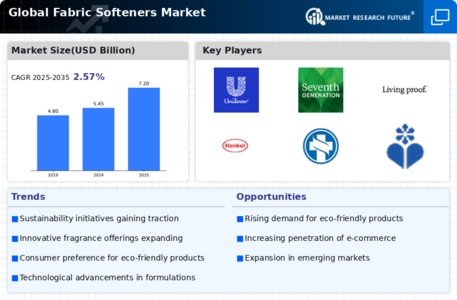
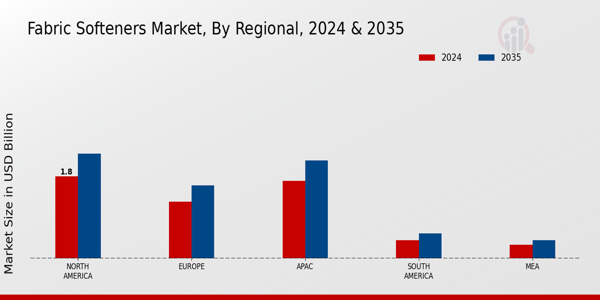

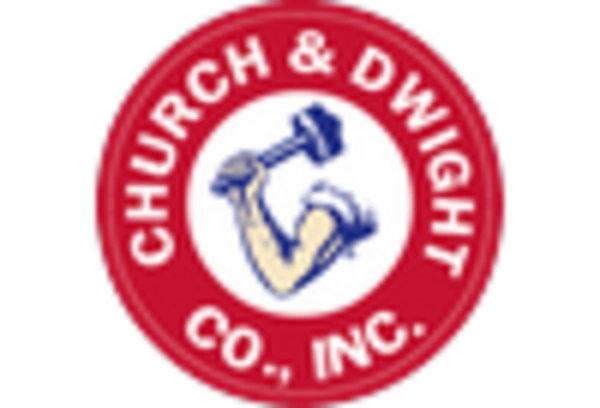
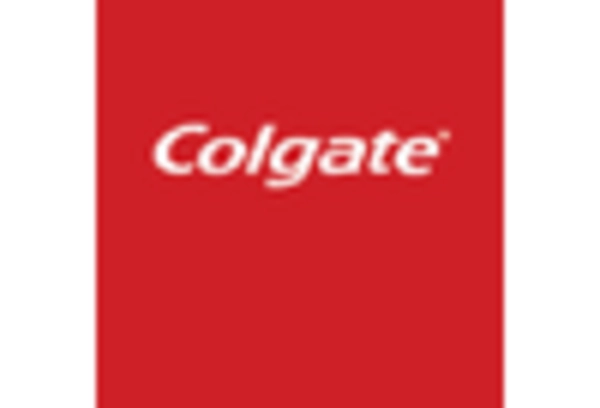


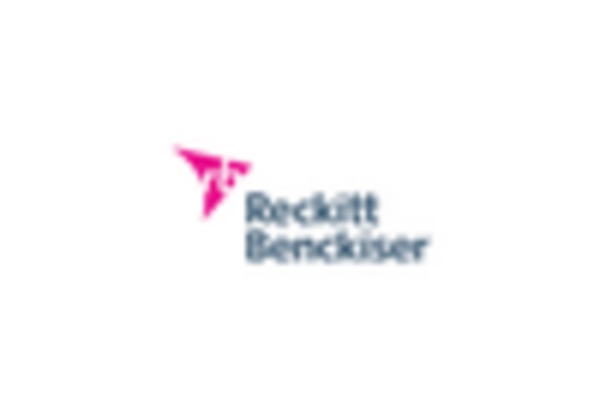









Leave a Comment